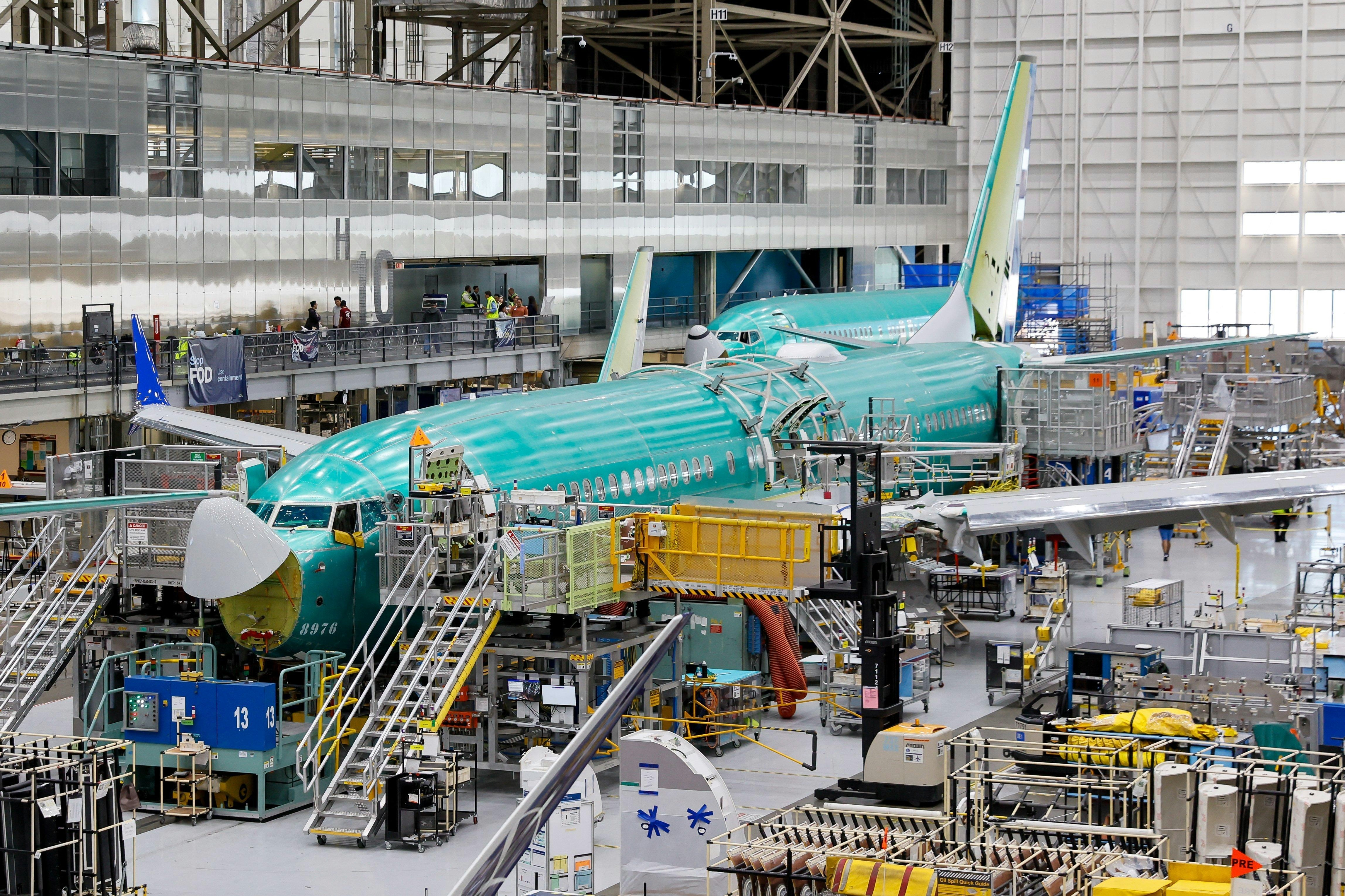
AeroGenie — 您的智能副驾驶。
热门趋势
Categories
Evaluating Effective Business Models for Drone Delivery

Evaluating Effective Business Models for Drone Delivery
Since the advent of commercially viable drones in 2013, drone delivery has been widely regarded as a transformative innovation within the aviation and logistics sectors. Initial enthusiasm, however, has been tempered by regulatory challenges and technological constraints that have impeded the broad adoption of drone-based delivery systems. In the United States, much of the early focus centered on direct-to-consumer package delivery, driven by the expansive Total Addressable Market (TAM). Yet, the heterogeneity of residential addresses and the demand for individualized delivery solutions have posed significant obstacles to scalability and cost-effectiveness.
Shifting Focus to Business-to-Business Models
Globally, entrepreneurs and startups are increasingly exploring alternative business models that extend beyond direct consumer delivery. Many are concentrating on business-to-business (B2B) opportunities, forging partnerships with companies and public entities such as postal services. These collaborations typically involve the distribution of small to medium-sized packages to centralized hubs rather than individual residences. This strategy mitigates some of the inherent scalability challenges associated with last-mile delivery and fosters more sustainable operational frameworks.
A prominent example of this approach is Speedbird Aero, which operates in Brazil and Portugal. The company has established a scalable and internationally applicable model by investing substantially in research and development to comply with rigorous international standards and regulatory frameworks. Speedbird’s recent accomplishments in Italy, in collaboration with UrbanV, exemplify the potential of this model. Last week, the two companies completed Italy’s first beyond visual line of sight (BVLOS) shore-to-ship drone delivery in Siracusa, as well as the first BVLOS drone logistics operation within an active international airport at Fiumicino. These milestones, achieved with the endorsement of local authorities and the Italian Civil Aviation Authority (ENAC), underscore the critical role of regulatory alignment, advanced automation, and cross-sector cooperation.
During the 3rd U-Space Workshop held in Ortigia, Siracusa, Speedbird’s DLV-2 B35 drone autonomously transported a payload from a dock to a ship anchored offshore, following a pre-programmed BVLOS route and employing an integrated winch system. At Rome’s Leonardo da Vinci International Airport, Speedbird and UrbanV executed fully automated logistics operations, including autonomous drone landings and precision winch-based deliveries, seamlessly integrated into the airport’s routine activities.
Challenges and Emerging Trends in the Drone Delivery Market
Despite these technological and operational advances, the broader drone delivery market continues to confront substantial challenges. Partnerships such as Deliveroo with Manna and DHL Express with EHang highlight the sector’s promise but also reveal the slow pace of regulatory progress. The agricultural drone market, while expanding, faces emerging difficulties, and the U.S. military drone sector is approaching saturation, raising concerns about profitability and differentiation among providers.
Moreover, collaborations like Vodafone’s partnership with Manna Air Delivery illustrate how integrating mobile network infrastructure can enhance drone operations. Nevertheless, the complexities of last-mile delivery remain largely unresolved for most operators. As the industry evolves, the most viable business models appear to be those that effectively balance regulatory compliance, technological innovation, and focused market strategies—prioritizing scalable B2B solutions over the elusive goal of universal home delivery.
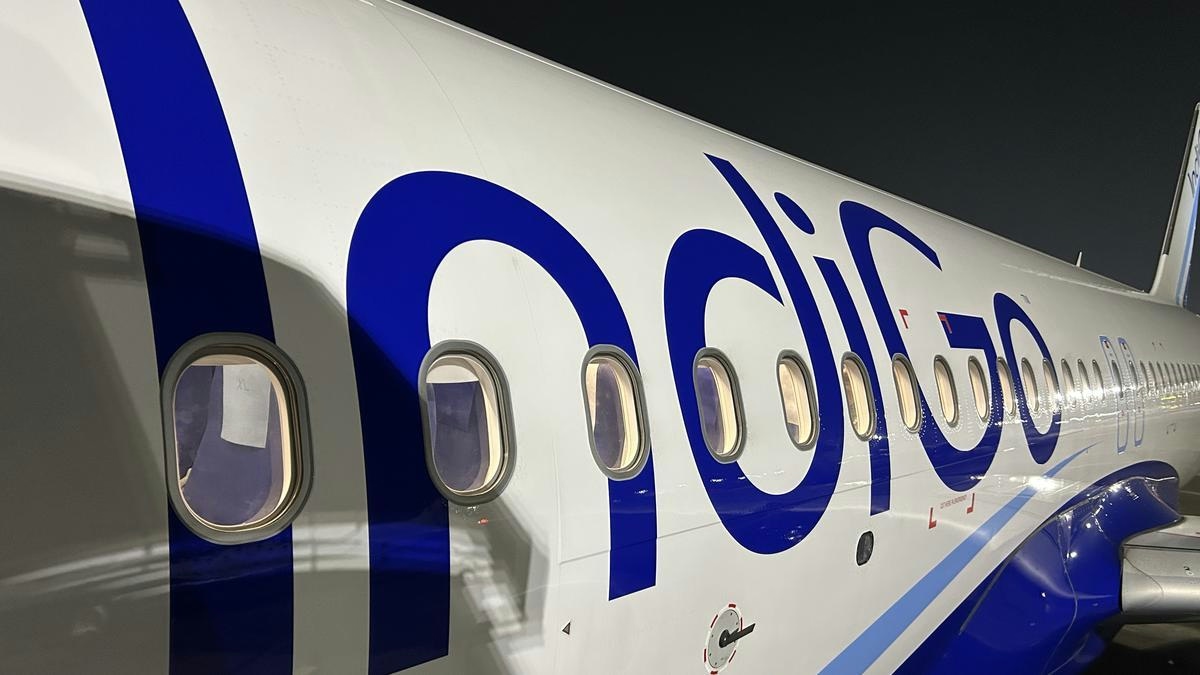
IndiGo to Deploy Wide-Body Aircraft on Vijayawada-Hyderabad Route, Says MP
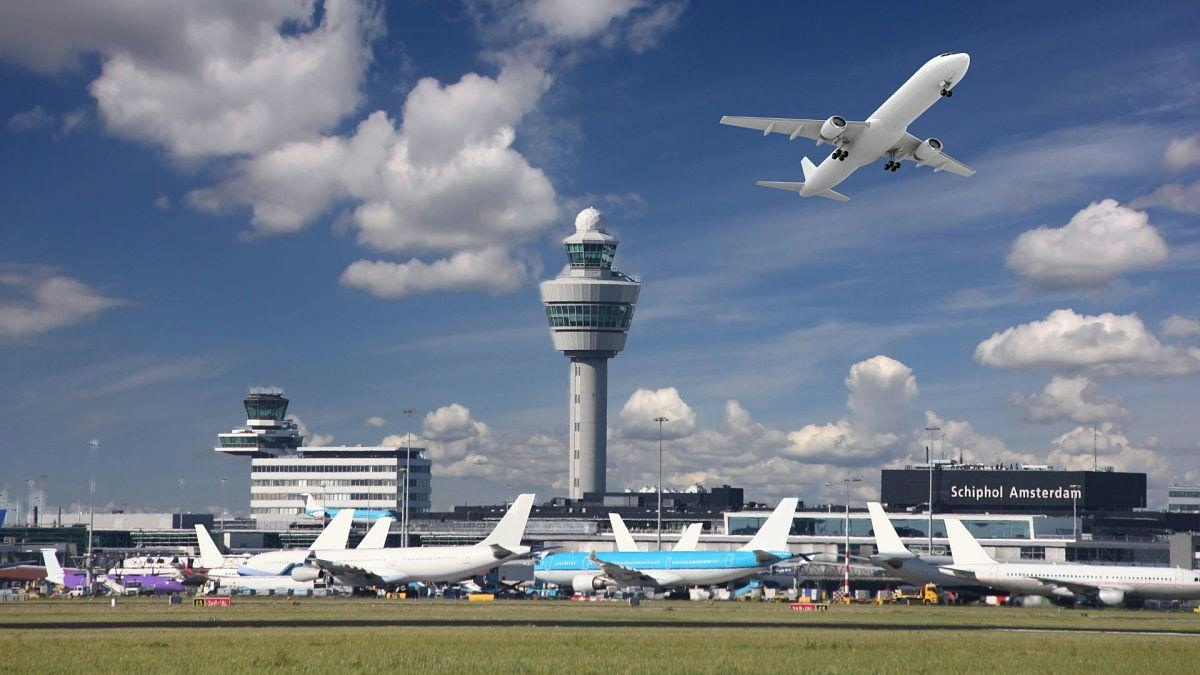
Europe Unveils New Aviation Strategy to Promote Cleaner, Faster Flights
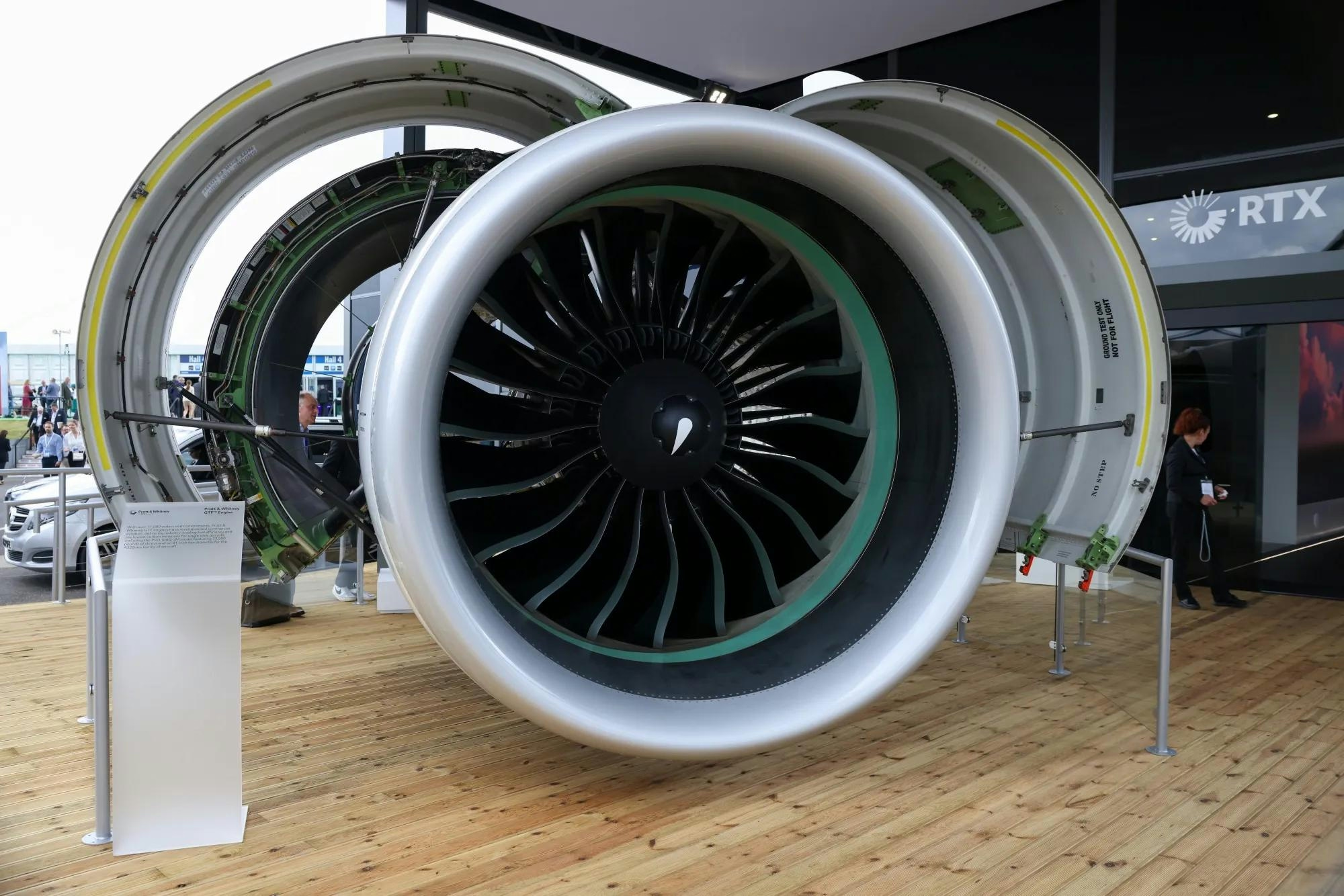
Spirit Signs Agreement with Pratt & Whitney Units on Aircraft Engines

ADB SAFEGATE Receives Industry Awards for Marketing, R&D, and Social Impact

GA Telesis Secures Five-Year Landing Gear Overhaul Agreement with Major U.S. Carrier

Government Strengthens Aviation Safety Framework Amid AI-171 Investigation

NASA Software Raises Bar for Aircraft Icing Research

Dans and Emirates Aviation University Partner on AI Air Traffic Management Research
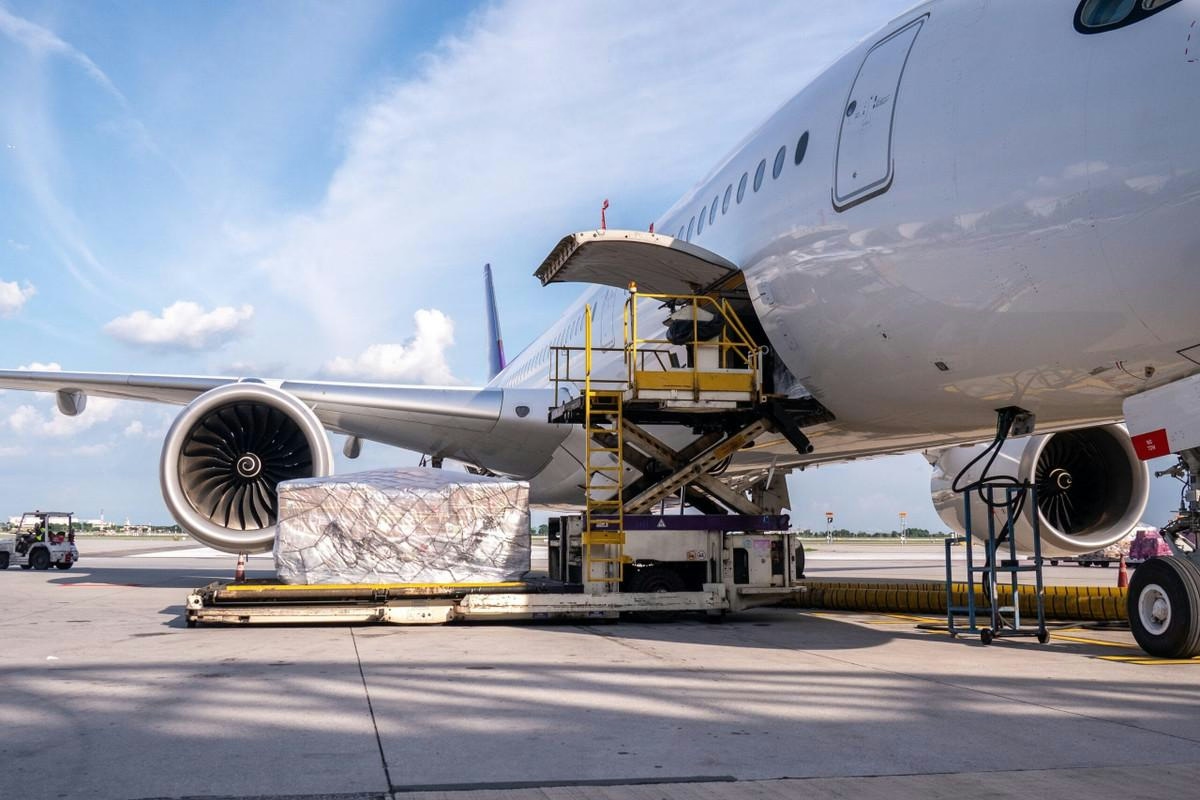
Nigus and AXISCADES to Develop Nigeria’s First Major Aviation MRO Hub
